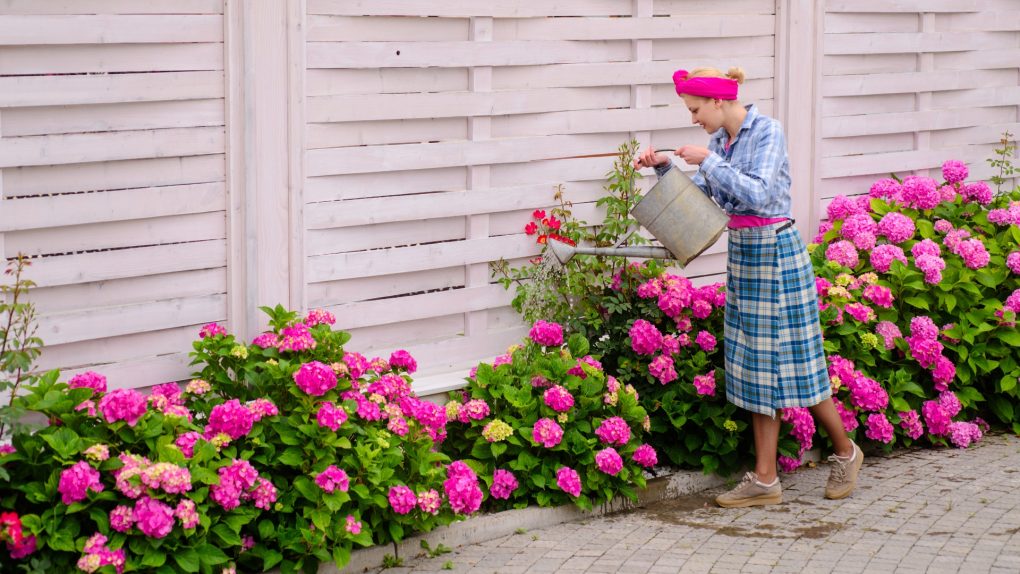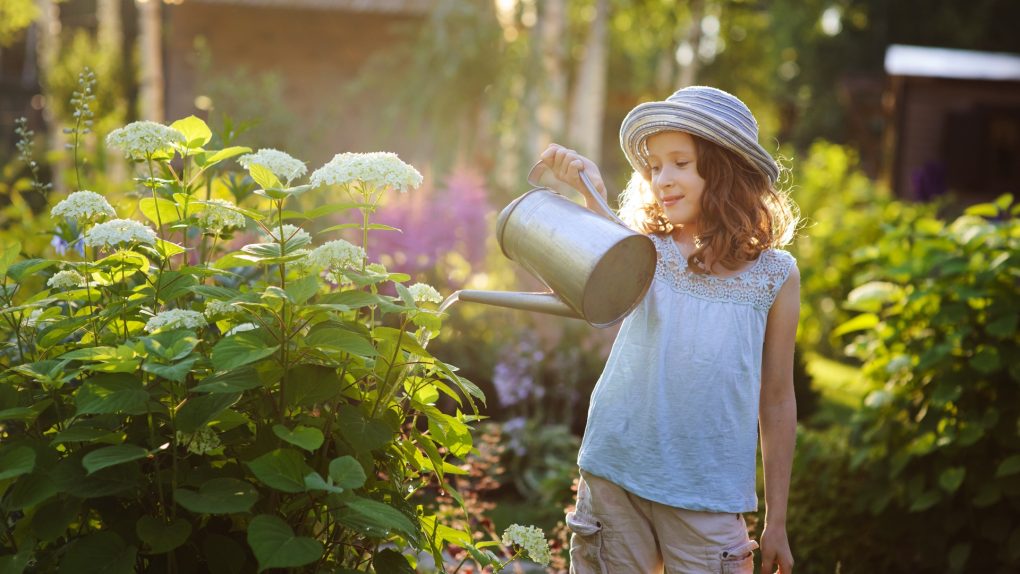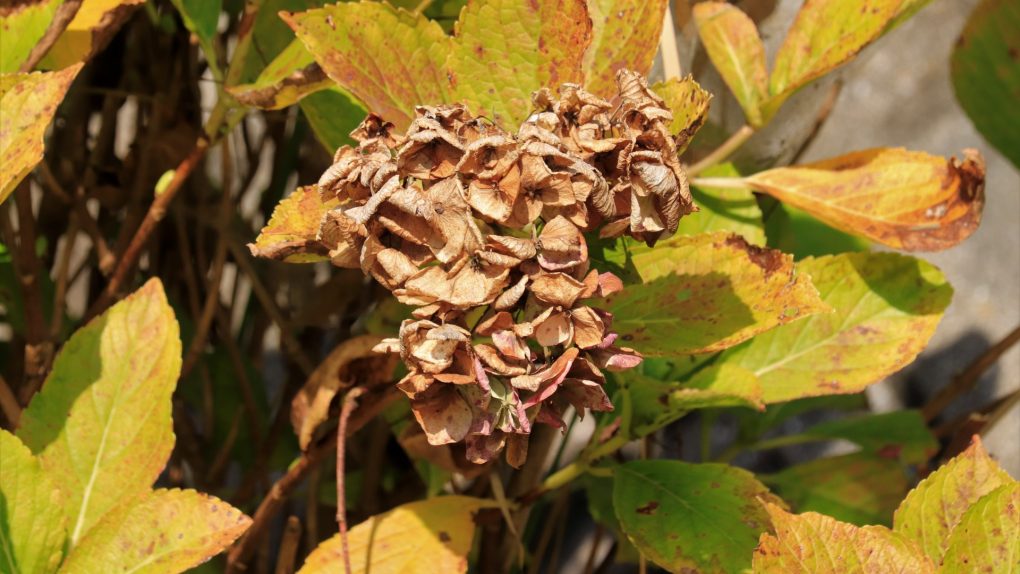Do Hydrangeas Require a Lot of Water?
Hydrangeas require significant water to thrive, especially during their active growth and blooming periods. These plants prefer consistently moist soil, but not overly wet, as this can lead to root rot.

To ensure optimal growth, water hydrangeas deeply once or twice a week, providing approximately 1 to 1.5 inches of water per week. If your climate is hot or there is a drought, you may need to increase watering frequency. Proper watering helps maintain lush foliage and produces larger blooms. However, it is essential to avoid over-watering and to maintain well-draining soil to prevent issues related to excessive moisture.
Table of Contents
Factors Affecting Hydrangea Water Needs
Climate and Weather
Your area’s climate and weather conditions play a significant role in determining how much water your hydrangeas need. If you live in a region with hot and dry summers, your hydrangeas will require more water than those in cooler and wetter climates. It is important to water your hydrangeas regularly during drought to prevent them from drying out.
Soil Type and Quality
The soil type and quality in your garden also affect the water needs of your hydrangeas. Sandy soils drain water quickly, while clay soils retain water for longer periods. Hydrangeas prefer moist and well-drained soil, so choosing a soil type that can retain moisture without becoming waterlogged is important. Adding organic matter to the soil can improve its water retention capacity.
Hydrangea Variety and Age
The water needs of hydrangeas vary depending on the variety and age of the plant. Some varieties, such as the panicle hydrangea, are more drought-tolerant than others and require less water. Newly planted hydrangeas need more water than established ones as their roots are still developing. As the plant ages, its water needs may change, so monitoring the soil moisture levels regularly is important.

Signs of Overwatering and Underwatering Hydrangeas
Hydrangeas need adequate water to thrive, but too much or too little water can cause problems. Here are signs to look out for:
Overwatering
Overwatering hydrangeas can lead to root rot and other issues. Some common signs of overwatering include:
- Wilting leaves
- Yellowing leaves
- Droopy stems
- Mushy or rotting roots
- Foul odor coming from the soil
If you notice any of these signs, reducing the amount of water you’re giving your hydrangeas is important and ensuring the soil has proper drainage.
Underwatering
On the other hand, if you’re not giving your hydrangeas enough water, they may show signs of stress. Some common signs of underwatering include:
- Dry or crispy leaves
- Wilting leaves
- Brown or yellow leaves
- Stunted growth
- Droopy stems

If you notice any of these signs, increasing the amount of water you’re giving your hydrangeas is important and ensuring the soil is consistently moist.
By paying attention to these signs, you can ensure that your hydrangeas get the right amount of water and can thrive in your garden.
